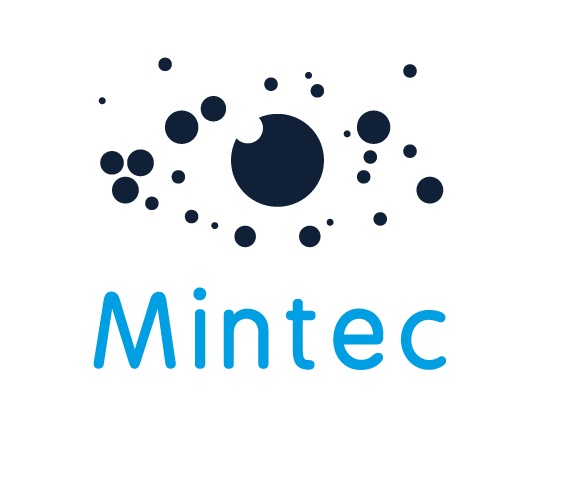Unveiling the Power of Cost Models: Essential Tools for Procurement and Buying Teams
Amidst the relentless chatter surrounding escalating commodity prices and the perpetual fluctuations in product costs, businesses find themselves grappling with a crucial question: how do individual material expenses resonate within the broader framework of product pricing?
It's a conundrum that pervades discussions in procurement teams across industries, where headlines often highlight products experiencing price hikes or resorting to shrinkflation tactics to maintain consumer price points.
Where commodity prices fluctuate frequently, and consumer demands evolve rapidly, businesses face the challenge of managing costs effectively while maintaining competitiveness. From food-related products to non-food consumer packaged goods and industrial items, understanding how ingredient and commodity prices impact overall product costs is paramount for sustainable growth.
But amidst these complexities, there lies a beacon of clarity: the creation of cost models. These models serve as the guiding light, offering a structured approach to unravelling the intricate web of material costs and their cascading impact on overall product expenditures.
Enter cost models – the unsung superheroes of procurement and buying teams.
So what is a Cost Model?
A cost model acts as the financial compass guiding organizations through the labyrinth of expenses. It typically involves identifying all relevant costs, such as materials, labor, overhead, and other resources, and forecasting how these costs will evolve over time or under different scenarios. Cost models are crucial for decision-making, as they provide insights into the financial implications of various choices and help organizations optimize resource allocation and budgeting to achieve their goals efficiently.
Deciphering the Impact of Material Costs
Ever wondered how individual materials influence the overall cost of your products? With the constant pressure around understanding changing commodity prices, especially for non-exchange traded commodities and the impact on product price inflation, it's essential to grasp the intricacies of cost dynamics. Cost models offer a systematic approach to dissecting these complexities.
Imagine manufacturing a chocolate bar – each ingredient, from cocoa to sugar and milk, contributes to the final product's cost. Cost models break down these expenses, including packaging, transportation, labor, and indirect costs, providing a comprehensive overview of production expenses for a specific item.
Cost Models
Mintec Analytics' cost models empower global procurement teams and business leaders to take the reins on costs, tame price risks, and boost efficiencies by gaining deeper insights into the ever-shifting landscape of expenses.
Take the Interactive Product Tour
Harnessing the Power of Data
While crafting cost models may seem daunting, their real magic lies in leveraging data effectively. By integrating with independent data providers, businesses gain access to a wealth of standardized commodity data, constantly updated to reflect current market prices. This integration ensures that the cost models accurately reflect the prevailing prices of materials, enabling teams to track trends and benchmark against past supplier costs.
Empowering Informed Decision-Making
Cost models empower procurement teams and business leaders to make informed decisions in response to changing market conditions. By monitoring ingredient prices and mapping them back to specific suppliers, organizations can identify cost drivers and adjust their sourcing strategies accordingly. Whether it's hedging price risks or exploring alternative ingredients, cost models provide the insights needed to stay agile and competitive.
Bridging the Gap Between Market Prices and Supplier Costs
Moreover, cost models facilitate the alignment of supplier costs with market prices, enabling businesses to benchmark their procurement practices. By comparing actual supplier prices with prevailing market rates, organizations can justify price adjustments and ensure competitiveness in a dynamic environment.
The Path to Competitive Advantage
In essence, cost models serve as indispensable tools for buying, sourcing, and category groups, offering a strategic advantage in today's competitive landscape. By understanding how market conditions affect material costs, businesses can optimize prices, refine tactics, and adapt strategies based on real-time data.
Unlocking the Potential
So, if you're looking to navigate the complexities of cost management and drive sustainable growth, consider delving deeper into the world of cost models. Explore how these essential tools can revolutionize your procurement practices and propel your business towards success.
In conclusion, the journey to cost optimization begins with understanding – and cost models provide the roadmap to unlocking the full potential of your procurement and buying efforts. Dive in, explore, and empower your team with the tools they need to thrive in today's ever-evolving marketplace.

.png?width=145&height=54&name=Mintec_Logo_Small_Use_Mono_RGB%20(2).png)















